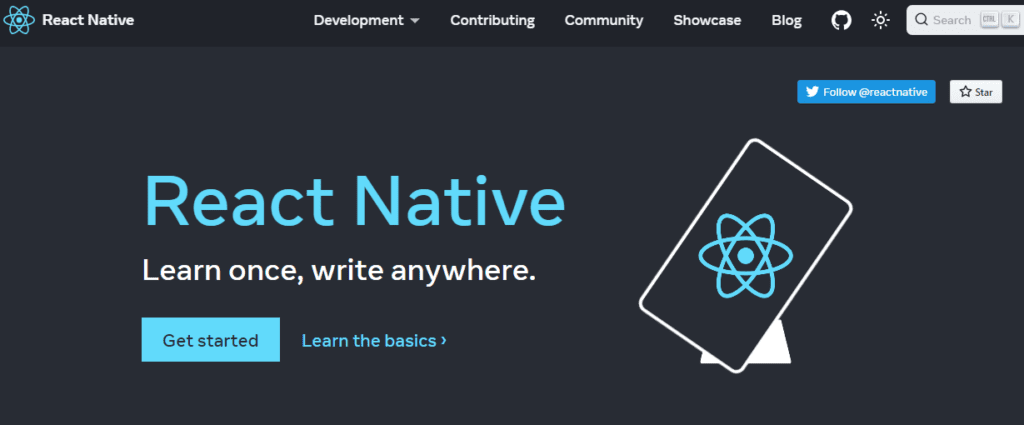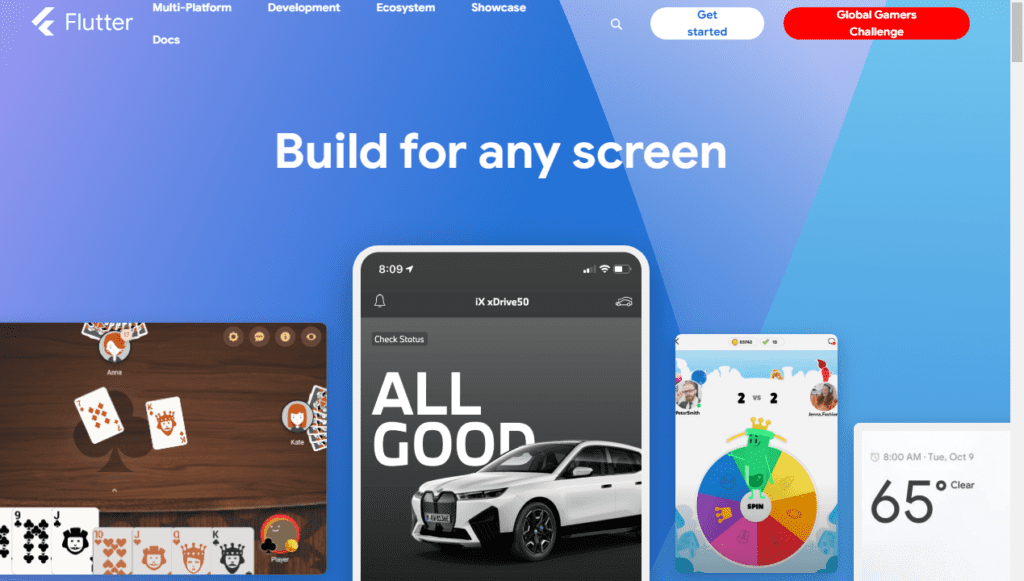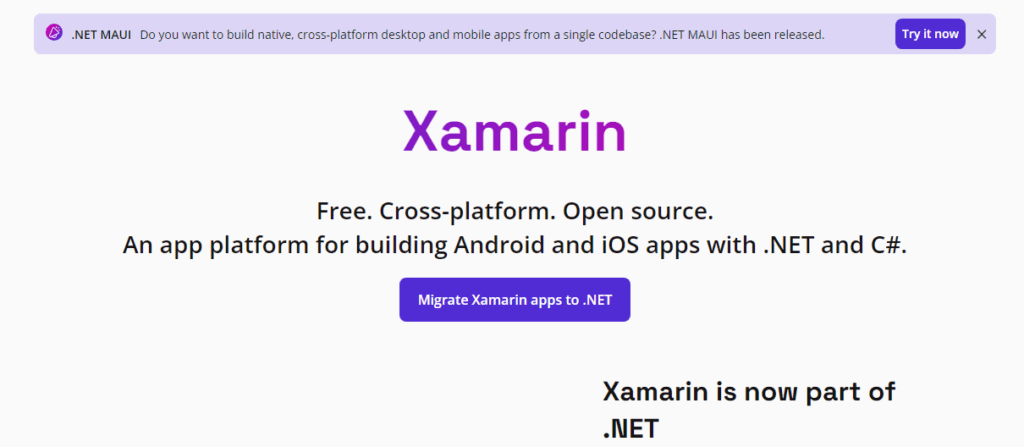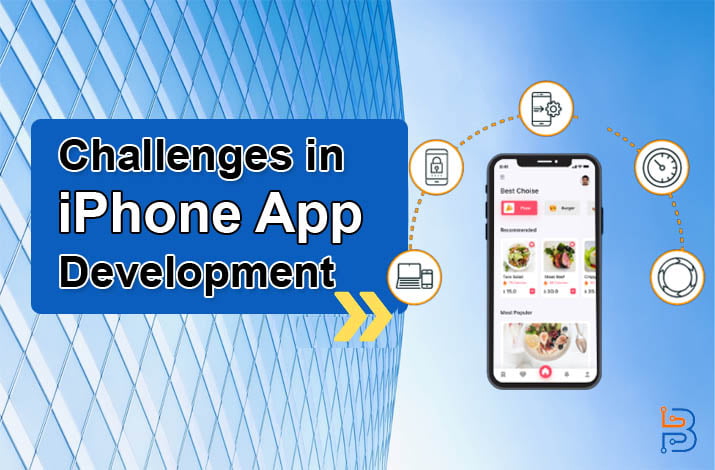Top Frameworks For Developing Hybrid Products

Developing hybrid products with a framework is the best way to build an application with coding, and it is an easy way for developers to write code once. They can use code to develop applications that will be compatible with various devices. Before creating a mobile application, it is important to pay attention to several aspects, in particular, adaptability, functionality, cost, and optimization. Depending on your goals and expectations, you can choose a native or cross-platform format for software implementation.
What Is Cross-Platform Development?
A cross-platform application is an application that can function on both Android and iOS. The main idea is that the app script is transformed into a natural format that is adapted to a specific mobile server. This is how the product can interact with its operating system.
If you are planning to develop a mobile application and are looking for a reliable bespoke software services company, this article is for you. You will learn about the benefits of using a cross-platform approach and the frameworks needed for this.
A universal approach to implementation ensures the achievement of two goals: saving time and finances. Developers can create a project much faster.
- The process is carried out as follows:
- Writing a single code base that is compatible with different platforms.
- During compilation, the target environment for adapting the module is determined.
- The cross-platform framework automatically changes its instructions to suit the requirements of the selected environment.
- The final algorithm is ready to run on the selected platform.
Benefits of Cross-platform Development
The cross-platform approach has its own unique advantages that are definitely worth considering before developing.
Maximum Expansion of The User Base
You can ensure coverage of various mobile programs (Android, iOS), taking into account aspects such as interface adaptation, and site requirements. For an enterprise, this approach becomes profitable and helps attract more new customers.
Cost Reduction
The use of 75% of the code algorithm of a cross-platform solution is reusable, simply adapting it for other projects. This saves resources, simplifies the process, and ensures high quality. The hybrid approach is a great way to save money while maintaining a high standard.
Easy Maintenance
A unified code base makes it easy to integrate and maintain across any network. Changes are made more efficiently because they affect only one script. Automatic updates apply to all operating systems, saving time and optimizing your budget.
Fast Implementation Speed
Developing a solution first for Android and then for iOS is a labor-intensive process. Cross-platform development makes it possible to create a single program that operates on all types of servers.
Convenient Integration With The Cloud
Integration with cloud resources is quick and easy. Rapid interaction with the cloud, transmission, and rapid processing of data reduce the risk of failures and negative scenarios.
Top Frameworks For Developing Cross-platform Applications
Hybrid products are developed using frameworks. This is a technology stack that creates the necessary functionality and helps solve business goals. There are a significant number of frameworks, but we will look at the most popular ones that are actively used by developers.
React Native
The first useful framework that is used when translating a script into machine language. The work requires creating your own controls, building a hierarchy taking into account integration, as well as integrating custom design using React Native.

Advantages:
- The structure supports different formats thanks to the main code in JavaScript, a language common to all.
- Simplicity and convenience.
- Time optimization with open source plugins.
- Closeness to natural languages.
Flaws:
- The tool is relatively new, which may come with missing components, frequent updates, and requiring you to keep up with the latest versions.
- Limited support for graphics and animation (recommended for ideas with heavy graphics and complex animation, may require intervention in the source code).
- Lack of a visual interface editor (There is no visual editor for iOS, there are limitations in layout that pose a challenge for developers).
Flutter
Flutter provides an extensive set of design elements similar to native ones for a specific operating system. It can be effective in introducing a unique user experience and takes a different approach compared to React Native.
It does not translate the source language into the native language, which is implemented on the base. In fact, it independently displays a window on the phone screen and controls all interface elements.

Pros:
- There is clear documentation and standard design patterns.
- High speed. Compilation is done to machine code with graphics, built-in C/C++ rendering engines, increasing speed and reliability.
- Efficiency. The tool uses a rendering engine (Skia). Google is actively developing this mechanism, as evidenced by the use of the Singularity App.
Flaws:
- Raw API. Specifications are subject to change without notice.
- Problems with native functions. Some elements are not always displayed correctly, requiring additional manipulations.
Xamarin
An innovative cross-platform framework built on Microsoft principles is compatible with any operating system and ensures the creation of structures that are indistinguishable from natural ones. It includes libraries for C# (Xamarin.iOS and Xamarin. Android), as well as environments: Xamrin Studio and Visual Studio.

Advantages:
- Universal technologies for a large number of sites.
- Powerful performance close to nature.
- Good compatibility and optimal testing conditions, including Xamarin UI Tests.
- Ideal implementation with IoT devices and Microsoft Windows.
- Open source and complete toolkit.
Flaws:
- Delays in software updates.
- Limited ecosystem.
- Limited access to open-source libraries.
- Not suitable for graphics intensive devices.
Which Tool Should You Choose?
If you value having support from a mature community, use JavaScript, and prefer a time-tested solution, then React Native is your choice. If you are familiar with Dart and are looking for great performance, then Flutter may be the best option for you. Xamarin is suitable for those who prefer to write in C# and want a good performance.
You don’t have to understand which tools are suitable for your project; it’s better to entrust this issue to a bespoke software services company like JoinToIT.
Wrapping It Up
Cross-platform development is an excellent choice for those who expect quick and effective results without large financial investments. JoinToIT is a company that offers services such as bespoke software that will allow you to implement bold solutions for Android and iOS devices. In addition, the company provides services for web development, UI and UX design, etc.





